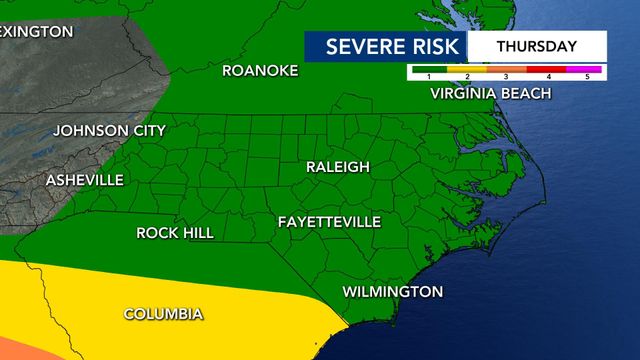Ask the meteorologist: How do clouds make rain?

Question: How do clouds get heavy enough to make rain? — Bobby
Answer: Typical cloud droplets are so tiny that they remain more or less suspended in the air due to the fact that they fall at the same or a lower speed than the air is rising. Rain develops when some of the droplets grow much larger, such that their fall speed (called terminal velocity) is greater than the upward speed of the air. There are are a few basic ways in which this occurs.
First, droplets can grow by condensation, in which cooling temperatures result in more and more water vapor molecules become a part of the droplets, making them larger. This is a slow and inefficient process that usually doesn't play a major role in producing most of the rain we experience. However, when the air containing these slowly growing drops is mixed by turbulent air flow, some of the drops can collide with each other and merge together to form a larger drop, the larger drop may further merge with some other drops and so on, until some of them are large enough to fall as rain. This is called the "collision-coalescence" process.
Finally, in cases where the droplets are forming in very cold air, there can be a mixture of super-cooled water droplets which condense onto particles called cloud nuclei and ice crystals that develop on particles called "ice nuclei." When these liquid and frozen particles co-exist, the ice crystals tend to grow at the expense of the water droplets, due to a lower vapor pressure over ice than over liquid water which results in molecules evaporating from the droplets and being deposited onto the ice crystals. There are usually fewer crystals than water droplets, so this process results in a lot of the water vapor concentrating onto the crystals, which may grow large enough to fall as snow. The snow often then falls into warmer air below, melting and reaching the ground as rain. This process is the most efficient way to develop precipitation-sized particles in clouds, and much of the precipitation we experience started out in this manner.











